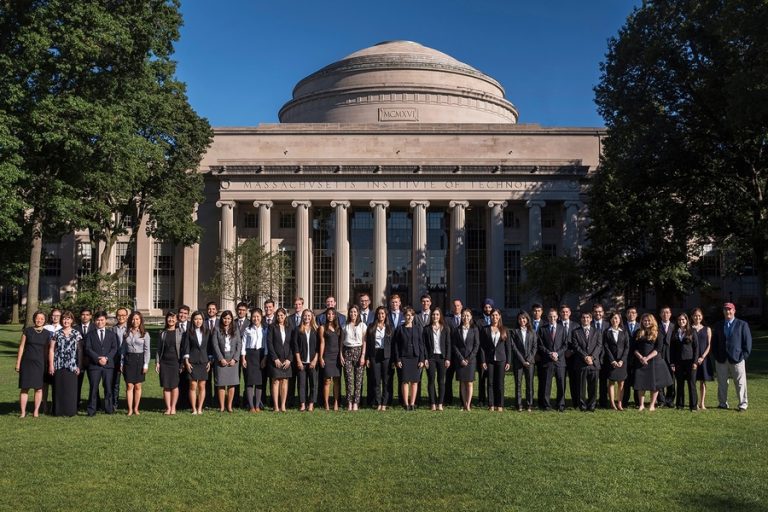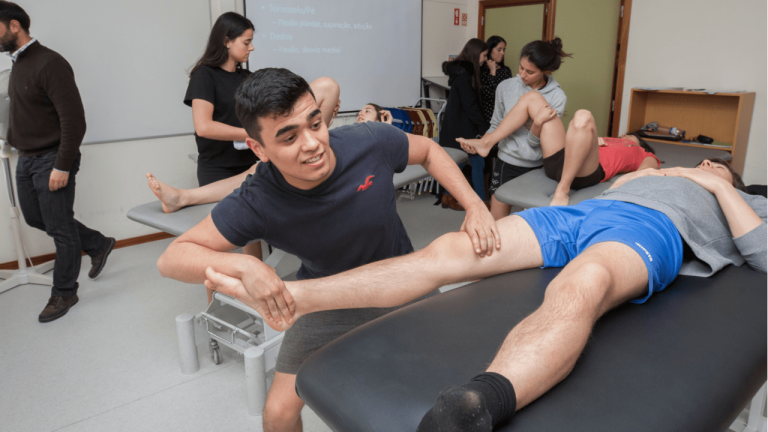Navigating the University Education Degree Process in the USA: A Comprehensive Guide

Embarking on a university education journey in the United States is an exciting and transformative experience. However, the process can sometimes seem daunting with its myriad of steps and considerations. This comprehensive guide aims to demystify the journey, providing prospective students with a clear roadmap from exploration to enrollment and beyond.
Understanding the Landscape of Higher Education:
- Overview of the American higher education system: Community colleges, universities, liberal arts colleges, and research institutions.
- Different types of degrees: Associate’s, Bachelor’s, Master’s, and Doctoral degrees.
- Accreditation and its importance in choosing a reputable institution.
Exploring Your Options:
- Self-assessment: Identifying your interests, strengths, and career goals.
- Researching universities: Factors to consider such as location, size, academic programs, campus culture, and tuition costs.
- Utilizing resources: College fairs, online databases, university websites, and guidance counselors.
Navigating the Admissions Process:
- Understanding admission requirements: Standardized tests (SAT/ACT), GPA, letters of recommendation, and personal statements.
- Application timeline: Deadlines for early decision, regular decision, and rolling admissions.
- Tips for crafting a compelling application: Highlighting achievements, extracurricular activities, and community involvement.
Financing Your Education:
- Overview of financial aid options: Scholarships, grants, loans, and work-study programs.
- Completing the FAFSA (Free Application for Federal Student Aid): Step-by-step guide and common mistakes to avoid.
- Exploring merit-based and need-based aid opportunities.
Making Informed Decisions:
- Comparing financial aid packages: Evaluating the total cost of attendance and net price after aid.
- Considering alternative pathways: Community college transfer programs and online degree options.
- Seeking advice: Consulting with admissions counselors, financial aid advisors, and current students.
Enrolling and Transitioning to University Life:
- Acceptance and enrollment: Confirming enrollment, submitting deposits, and completing registration.
- Orientation programs: Getting acquainted with campus resources, academic expectations, and support services.
- Adjusting to college life: Building a social network, managing time effectively, and seeking assistance when needed.
Navigating Academic Success:
- Academic advising: Meeting with advisors to create a personalized academic plan.
- Exploring majors and minors: Declaring a major, changing majors, and exploring interdisciplinary options.
- Balancing coursework and extracurricular activities: Strategies for academic success and personal growth.
Expanding Opportunities Beyond the Classroom:
- Research opportunities: Engaging in faculty-led research projects and undergraduate research symposiums.
- Internships and co-op programs: Gaining practical experience in your field of study.
- Study abroad programs: Immersing yourself in different cultures and academic environments.
Graduation and Beyond:
- Meeting degree requirements: Completing coursework, internships, and capstone projects.
- Celebrating achievements: Participating in commencement ceremonies and reflecting on your academic journey.
- Transitioning to the workforce or graduate school: Exploring career options, networking, and pursuing further education.
Conclusion:
Embarking on a university education degree in the USA is a transformative journey that requires careful planning and decision-making. By understanding the landscape of higher education, exploring your options, navigating the admissions process, and making informed decisions, you can set yourself up for success both academically and personally. Remember, the journey doesn’t end with graduation; it’s just the beginning of a lifelong pursuit of knowledge and fulfillment.






